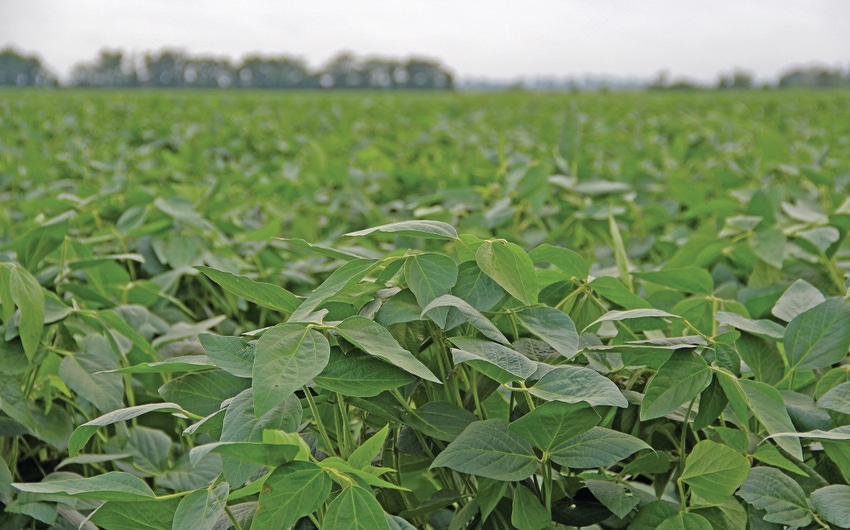
The Louisiana State University AgCenter works with industry experts and soybean growers across the state to test plots, harvesting data for varieties on abiotic and biotic stress resistance, yield, and data necessary to make recommendations.
The soybean variety trials are evaluated in multiple environments across Louisiana. David Moseley, soybean specialist at the Louisiana State University Dean Lee Research Station in Alexandria, La., noted that one hundred and eighteen varieties will be evaluated this year on seven research stations in the Official Variety Trial (OVT). In addition, the performance of thirty-one varieties will be observed on producer’s farms in the core-block trial.
“Varieties include several different herbicide technologies and maturity groups ranging from 3.7 to 5.0 & higher,” Moseley said. “The maturity groups are broken into sections or groups in order to compare varieties with similar days to maturity.”
There are a combination of seed companies and university breeding programs participating in the trials.
“In the OVT trial, there are several different herbicide traits and also conventional varieties that don’t have an herbicide trait,” he said. “Our goal is to provide data to help select the best performers for our production areas.”
Regional Differences
Each region has different soil conditions and gets affected by different weather events.
The LSU AgCenter works to ensure the data is properly evaluated to bring the farmer the best variety for this coming year.
The annual variety testing has two goals. The first is to see how the soybeans perform in a single environment, which includes evaluating a particular soil type and location.
The second goal is to evaluate the stability of the varieties across many environments.
“Our goal is to provide growers with current data gathered from participants across the state to make the best decision for the upcoming planting season,” Moseley said.
The variety trials keep Moseley and many collaborators busy throughout the year doing everything from planting crops to collecting and evaluating data. This information can be found in the annual soybean variety yields and production practices publication provided by the LSU AgCenter.
Seeds are planted at multiple research stations, extension plots, and private farms. The effort taken by everyone involved to evaluate varieties helps improve the soybean industry.
“This is truly a group effort from the parish agents, farmers, and consultants involved,” he said. “The amount of data being evaluated and observed is too much for one person, everyone comes together as a team”
Plant evaluation
Plants are evaluated over time and examined for stress resistance. Pathologists and nematologists look at the varieties and determine the resistance to various diseases and nematodes.
“Last year an on-farm nematode trial was started," Moseley said. "We looked for farms with high nematode pressure and targeted varieties with a history of nematode resistance.
“I am thankful for the collaboration we have with the soybean industry. It takes many people, including farmers, consultants, agents, seed companies, and other researchers, to evaluate these soybean varieties. The industry is working as a team to improve.”
Additional activities happening on the farm include a potassium trial and a planting date trial.
“For the on-farm planting date trial, two maturity groups by two varieties per maturity group were selected from the mid-4s and the mid-5s,” he said. “The first planting date was in mid-April and the second planting date will be in mid to late-May.”
The planting date data is important for farmers who may be looking to plant later in the year due to production practices or for delayed planting or replanting situations.
“For the potassium on-farm trial, soil and tissue samples are collected along with the final yield data,” he said. “In this trial, we are trying to determine the most economical method and timing to apply potassium in a sandy soil with low potassium.”
The AgCenter and soybean producers work together to improve the varieties by growing soybean and gathering data to help make the best selection. They work to improve packaging and find new markets such as soybean protein and oil. Together the industry continues to strive for improvement.
About the Author(s)
You May Also Like




